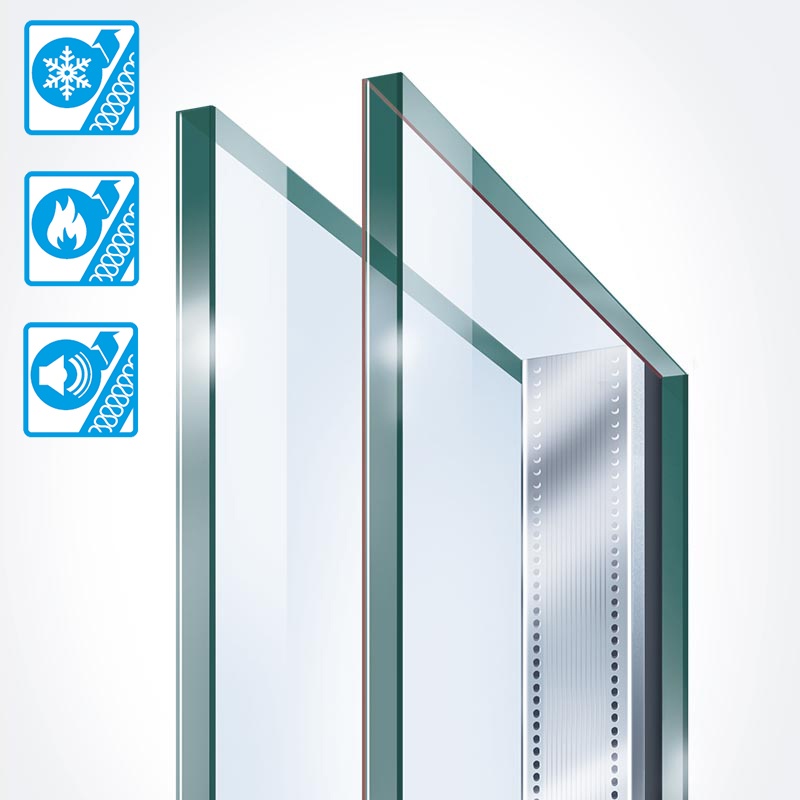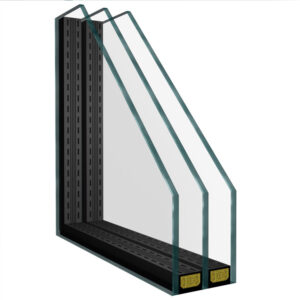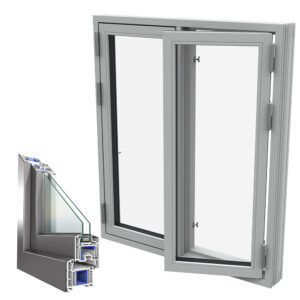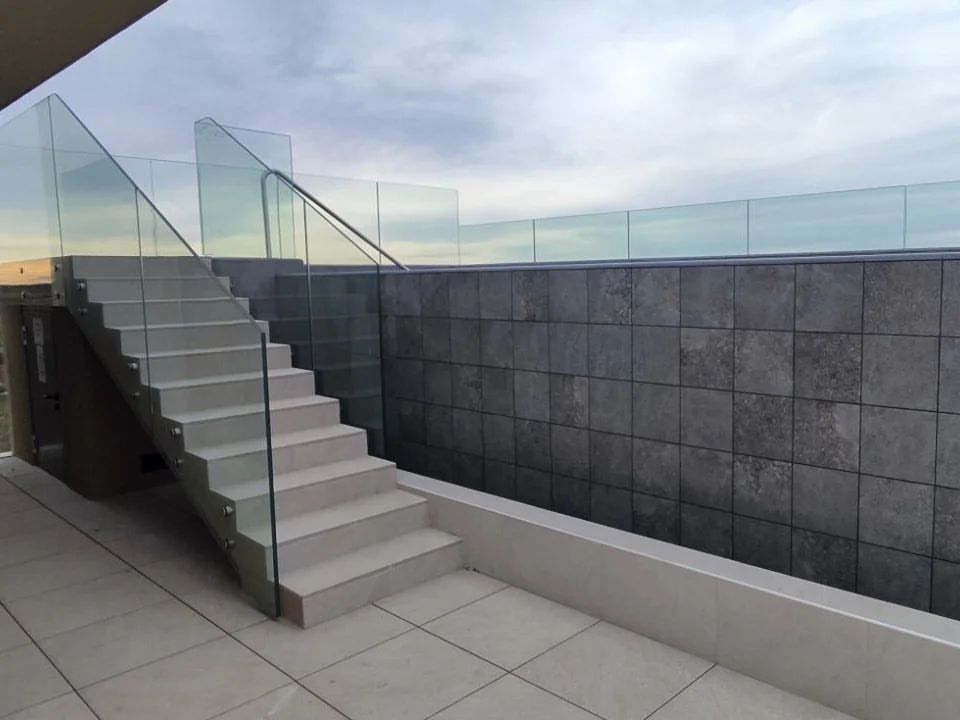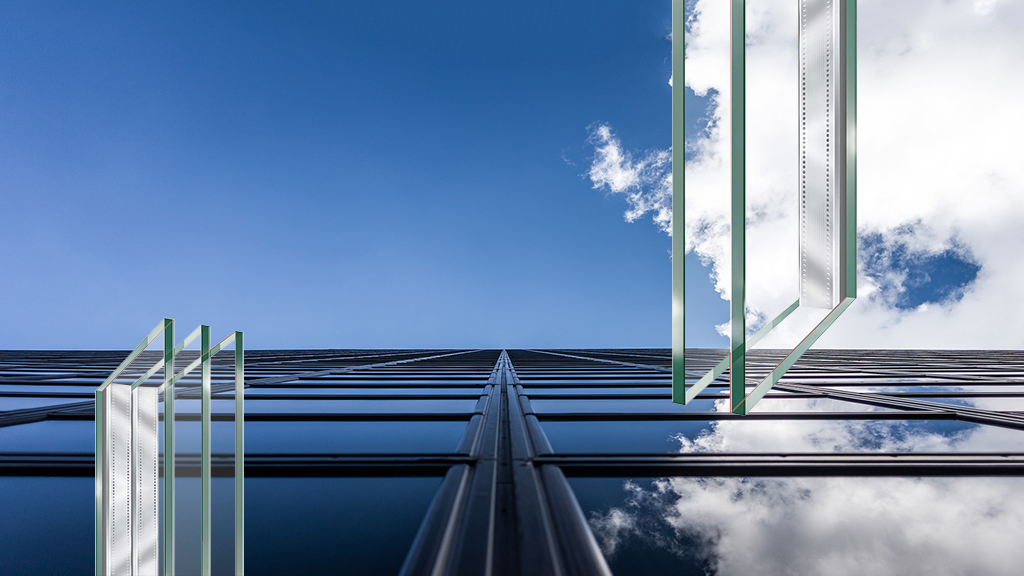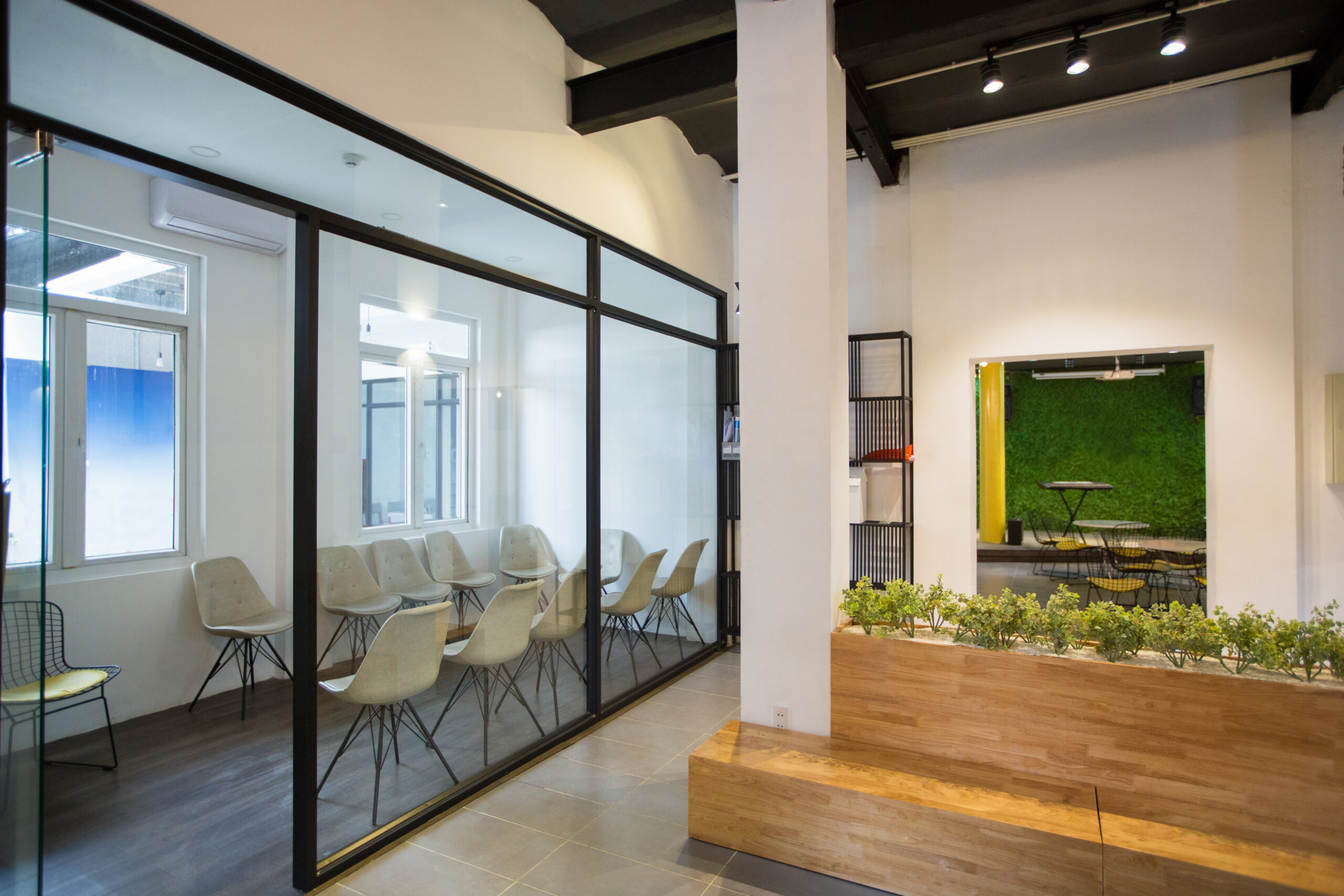Thermal – Insulated glass mostly refers to glass that is made to prevent significant heat and noise transfers to a room (into or out of a building/home). It’s built from multiple glass layers that are separated with spacers made out of aluminum, or structural foam. The space in between glass layers is filled with gases such as argon or krypton. This type of glass is mostly produced as double-paned, triple-paned and in modern times as quadruple-paned glass. You can check these at: https://savabien.rs/en/glass-processing/
All these components (multiple pieces of glass, materials that create/maintain the space in between glass, and gas in between) are all sealed together in one unit that holds the entire system.
Depending on the application, insulated glass is available in numerous, different types. In this article, we will present you some of it:
Low Emission insulated Glass
Most of the thermally insulated glass is made of low emission glass, with a coating for reduction of ultra-violet and infrared light. This coating helps the glass to regulate temperature and improves energy efficiency within a home by redirecting heat back – an ultra-thin coating of materials reflects heat much better than it absorbs it. Low-E coating is specially designed to allow passage to some types of light, just for the sake of illumination of the interior!
Argon-filled Insulated Glass
Argon gas is very popular and widely used in the production of thermal-insulated glass. It is used to fill the cavity between the glass layers or panels of the glass. Inexpensive, colorless, odorless, and non-toxic, this gas greatly improves the performance of IG (insulated glass), both its thermal characteristics (U-value) and noise reduction. Noble gases, such as argon, are preferred over other gases (for example air) because it doesn’t fog up, due to high percentage of moisture. Air also has much lesser insulating properties. Above all, argon doesn’t corrode the window frames and it’s not toxic.
Dual-Seal Silicon Insulated Glass
These are modernized versions of double glazing glass, which stands apart in terms of longevity and durability. This silicon seal is also known as PIB, and it forms the most effective barricade against atmospheric moisture and maintains the insulating characteristics of the glass. These bonds are very resilient which makes them durable and a perfect choice for commercial/industrial glass use.
In the end, let’s finalize the pros and cons of installing insulated glass:
Pros
– It’s Energy Efficient
– Strong and Secure Interior Option
– Helps in Noise Reduction
– Make Indoor Environment Cozy and Comfortable
– Reduced Carbon Footprint
– Long-lasting and Durable
Cons
– Fog and Cloudiness
– High Capital Cost (Expensive)
– Difficult to Replace
All the mentioned types of insulated glass can be produced out of laminated, tempered, enameled and sanded glass.
We hope this article helped you better understand thermally insulated glass!

